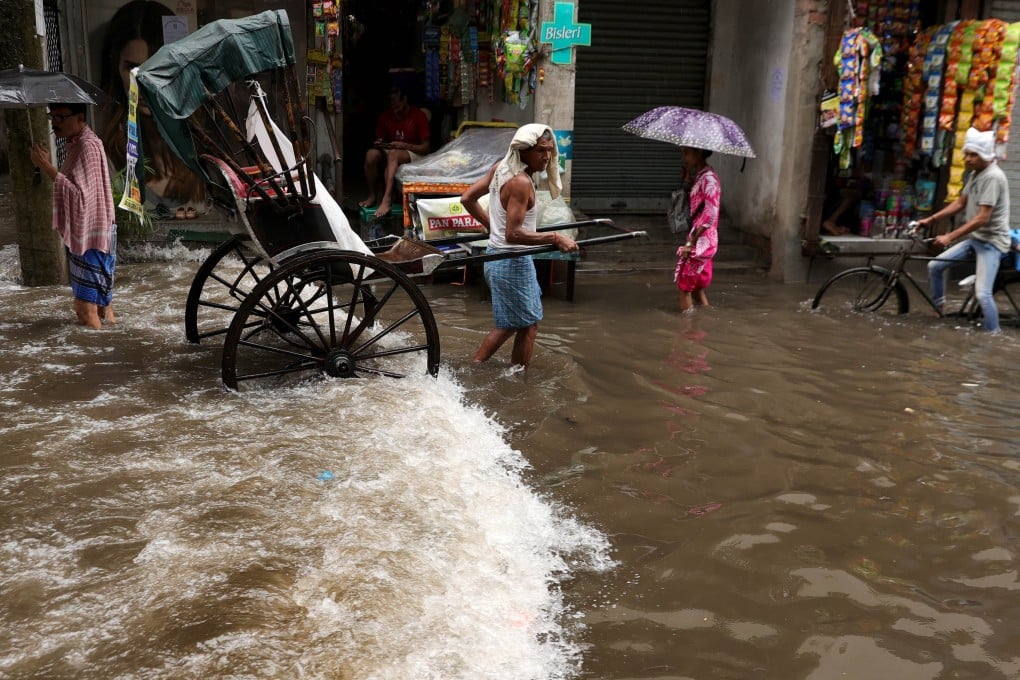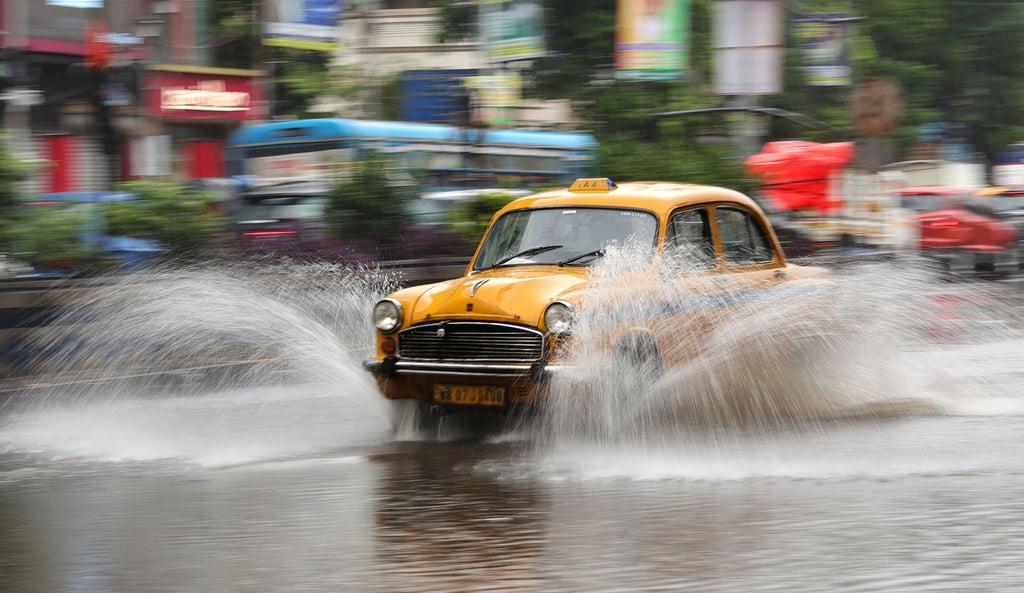Advertisement
South Asia’s fatal floods caused by ‘extreme rainfall’ linked to global warming
Hundreds of rain-related deaths have already occurred this year in the region
Reading Time:3 minutes
Why you can trust SCMP
0

Each year from June to September, a series of heavy rains known as monsoons sweep through the Indian subcontinent, providing relief from heat, irrigating the country’s farms and replenishing its rivers.
However, as global heat increases, the rain is becoming more erratic and intense, creating the conditions for deadly floods.
Nearly 1,300 people died in India last year due to heavy rain and floods. Hundreds of rain-related deaths have already occurred this year in the South Asian region – which includes India, Pakistan, Bangladesh, Bhutan, Sri Lanka, Afghanistan, the Maldives and Nepal.
Climate experts say the high temperatures and heavy rain are also contributing to the melting of glaciers in the mountainous Himalayan region, causing catastrophic flooding and landslides.
The South Asian region has traditionally had two monsoon seasons. One typically lasts from June to September, with rains moving southwest to northeast. The other, from roughly October to December, moves in the opposite direction.

But with more planet-warming gases in the air, the rain now only loosely follows this pattern. This is because the warmer air can hold more moisture from the Indian Ocean, and that rain then tends to get dumped all at once.
Advertisement
Select Voice
Choose your listening speed
Get through articles 2-3x faster
1.1x
220 WPM
Slow
Normal
Fast
1.1x